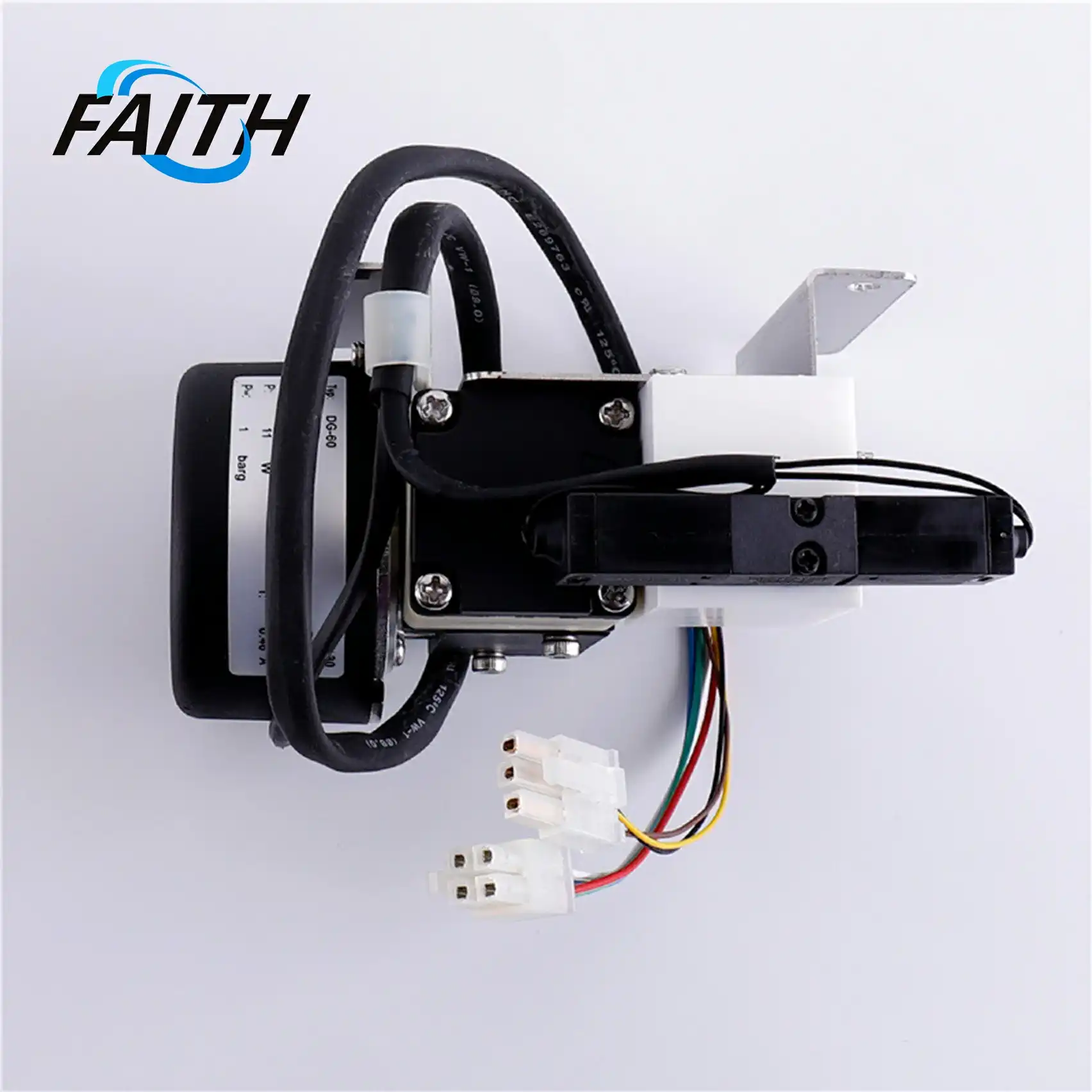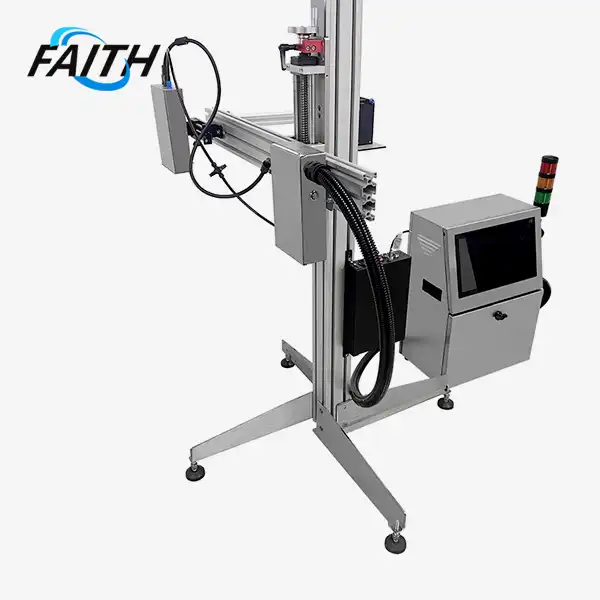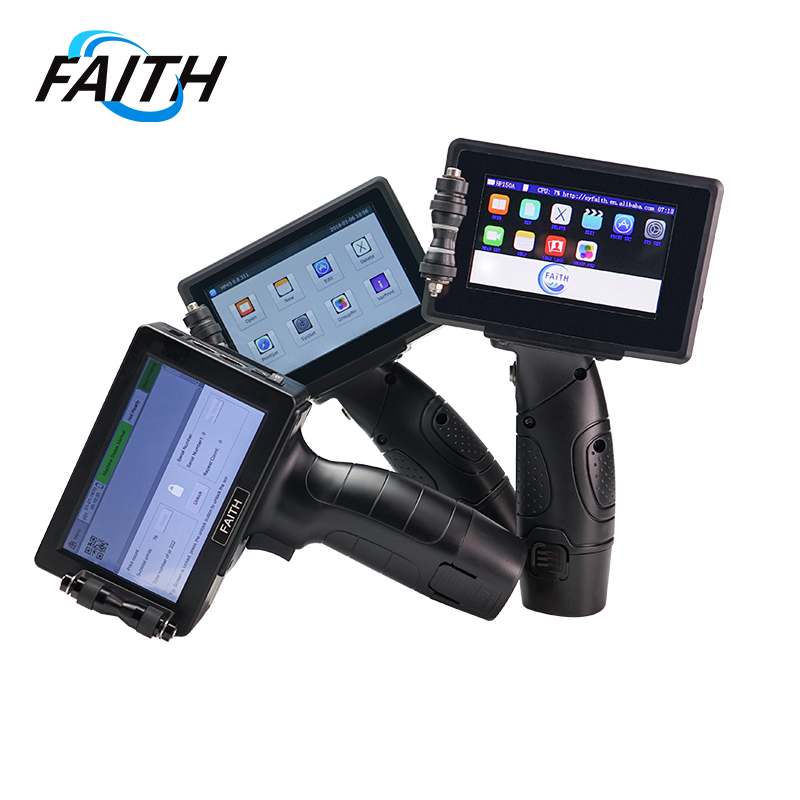Why is it called piezo printer?
The term "piezo printer" originates from the unique technology it employs - piezoelectric inkjet printing. This name stems from the piezoelectric effect, a phenomenon where certain materials generate an electric charge when subjected to mechanical stress. In piezo printers, tiny piezoelectric crystals in the print head contract when an electric current is applied, creating pressure that forces ink droplets onto the printing surface with remarkable precision. This advanced mechanism allows for exceptional control over droplet size and placement, making high res piezo printers capable of producing stunningly detailed and accurate prints across various materials and industries.
The Science Behind Piezoelectric Printing Technology
Understanding the Piezoelectric Effect
At the heart of piezo printing technology lies the fascinating piezoelectric effect. This phenomenon, discovered by brothers Pierre and Jacques Curie in 1880, describes how certain materials can generate an electric charge in response to applied mechanical stress. Conversely, these materials can also change shape when an electric field is applied to them. This bidirectional property is what makes piezoelectric materials so valuable in various applications, including high res piezo printers.
In the context of printing, piezoelectric materials - typically crystals or ceramics - are used to construct the print head. When an electric current is applied to these materials, they deform rapidly, creating a pressure pulse that ejects ink droplets with incredible precision. This process allows for unparalleled control over the size, shape, and velocity of ink droplets, resulting in exceptionally high-quality prints.
The Mechanics of Piezo Printheads
The printhead of a PIJ printer is a marvel of engineering. It consists of numerous tiny chambers, each containing a piezoelectric element and connected to an ink reservoir. When a voltage is applied to the piezoelectric element, it flexes, creating a pressure wave in the ink chamber. This pressure wave forces a precisely controlled droplet of ink through the nozzle and onto the printing surface.
What sets piezo printheads apart is their ability to vary the size and shape of ink droplets by adjusting the electrical signal sent to the piezoelectric elements. This level of control allows for incredibly fine gradations in color and tone, resulting in prints with smooth transitions and exceptional detail. Moreover, because the ink is ejected mechanically rather than thermally (as in thermal inkjet printers), piezo printers can use a wider range of inks, including those that are heat-sensitive or contain particles.
Advantages of High Res Piezo Printers in Various Industries
Unparalleled Print Quality and Versatility
High res piezo printers have revolutionized the printing industry with their ability to produce exceptionally high-quality prints across a wide range of materials. The precise control over ink droplet size and placement allows for incredibly sharp text, smooth gradients, and vibrant colors. This level of quality is particularly crucial in industries where visual appeal and accuracy are paramount, such as fine art reproduction, professional photography, and high-end advertising.
The versatility of piezo printing technology extends beyond traditional paper-based printing. High res piezo printers can effectively print on various substrates, including plastics, metals, glass, fabrics, and even wood. This adaptability has opened up new possibilities in fields such as product packaging, textile printing, and industrial marking.
Applications in Packaging and Labeling
In the packaging industry, faith printers have become indispensable tools for creating eye-catching and informative labels and packaging. The ability to print high-quality graphics and clear, readable text on various materials ensures that product information is accurately conveyed to consumers. This is particularly crucial in the food, beverage, and cosmetics sectors, where packaging plays a significant role in brand identity and consumer decision-making.
Piezo printing technology's precision also allows for the incorporation of anti-counterfeiting measures, such as microtext or complex patterns, directly into packaging designs. This added security feature is invaluable for industries dealing with high-value or sensitive products.
Advancements in Textile and Industrial Printing
The textile industry has embraced high res piezo printers for their ability to produce intricate, high-quality patterns on fabrics. Unlike traditional screen printing methods, piezo printing allows for unlimited color combinations and the ability to print photorealistic images directly onto textiles. This has led to innovations in custom fabric design, personalized clothing, and even smart textiles with integrated electronic components.
In industrial settings, high res piezo printers have found applications in marking and coding products with durable, high-contrast prints. The ability to print on various materials, including metals and plastics, makes piezo printers ideal for applications such as printing circuit boards, marking automotive parts, and creating durable labels for harsh environments.
The Future of Piezo Printing Technology
Emerging Trends and Innovations
As technology continues to advance, the capabilities of high res piezo printers are expanding. One exciting area of development is in the field of 3D printing. By adapting piezoelectric technology to deposit materials layer by layer, researchers are exploring ways to create highly detailed 3D structures with a wide range of materials, including metals and ceramics.
Another emerging trend is the integration of piezo printing technology with other advanced manufacturing processes. For example, combining piezo printing with robotics and computer vision systems allows for precise printing on complex, three-dimensional surfaces. This capability has potential applications in fields such as automotive manufacturing, aerospace, and medical device production.
Sustainability and Environmental Considerations
As environmental concerns become increasingly important across all industries, the printing sector is no exception. High res piezo printers are well-positioned to meet these challenges. The precise control over ink deposition results in less waste compared to other printing methods, and the ability to use water-based and eco-friendly inks further reduces environmental impact.
Moreover, the durability and quality of piezo-printed materials can lead to longer-lasting products, potentially reducing the need for frequent reprints or replacements. As research into sustainable materials continues, we can expect to see even more environmentally friendly options for piezo printing in the future.
The Role of Piezo Printing in Industry 4.0
As we move towards Industry 4.0, characterized by automation and data exchange in manufacturing technologies, high res piezo printers are poised to play a significant role. The digital nature of piezo printing technology makes it well-suited for integration with smart manufacturing systems. This could lead to more efficient, flexible, and customizable production processes across various industries.
For instance, in a smart factory setting, piezo printers could be seamlessly integrated with inventory management systems, allowing for on-demand printing of labels, packaging, or even custom parts. The high precision and versatility of piezo printing technology make it an ideal component in the increasingly connected and adaptive manufacturing environments of the future.
FAQ
Q: What materials can high res piezo printers print on?
A: High res piezo printers can print on a wide range of materials, including paper, plastic, metal, glass, fabric, and wood. This versatility makes them suitable for various applications across different industries.
Q: How does piezo printing compare to other printing technologies?
A: Piezo printing offers superior precision and quality compared to many other printing technologies. It allows for finer control over ink droplet size and placement, resulting in sharper images and text, smoother color gradients, and the ability to use a wider range of inks.
Q: Are piezo printers more environmentally friendly?
A: Yes, piezo printers can be more environmentally friendly due to their precise ink control, which reduces waste. They can also use water-based and eco-friendly inks, further minimizing environmental impact.
Conclusion
High res piezo printers have revolutionized the printing industry with their exceptional precision, versatility, and quality. From packaging and textiles to industrial applications and beyond, piezo printing technology continues to push the boundaries of what's possible in printing. As we look to the future, the potential for further innovations in this field is immense, promising even more exciting developments in the years to come.
If you're interested in learning more about industrial UV inkjet coding and traceability system solutions, or if you have specific printing needs, don't hesitate to contact us at sale01@sy-faith.com. Our team of experts is ready to help you find the perfect printing solution for your business.
References
1. Wijshoff, H. (2010). The dynamics of the piezo inkjet printhead operation. Physics Reports, 491(4-5), 77-177.
2. Hoath, S. D. (Ed.). (2016). Fundamentals of Inkjet Printing: The Science of Inkjet and Droplets. John Wiley & Sons.
3. Magdassi, S. (Ed.). (2009). The chemistry of inkjet inks. World scientific.
4. Zapka, W. (Ed.). (2017). Handbook of industrial inkjet printing: a full system approach. John Wiley & Sons.
5. Hutchings, I. M., & Martin, G. D. (Eds.). (2012). Inkjet technology for digital fabrication. John Wiley & Sons.
Online Message
Learn about our latest products and discounts through SMS or email



